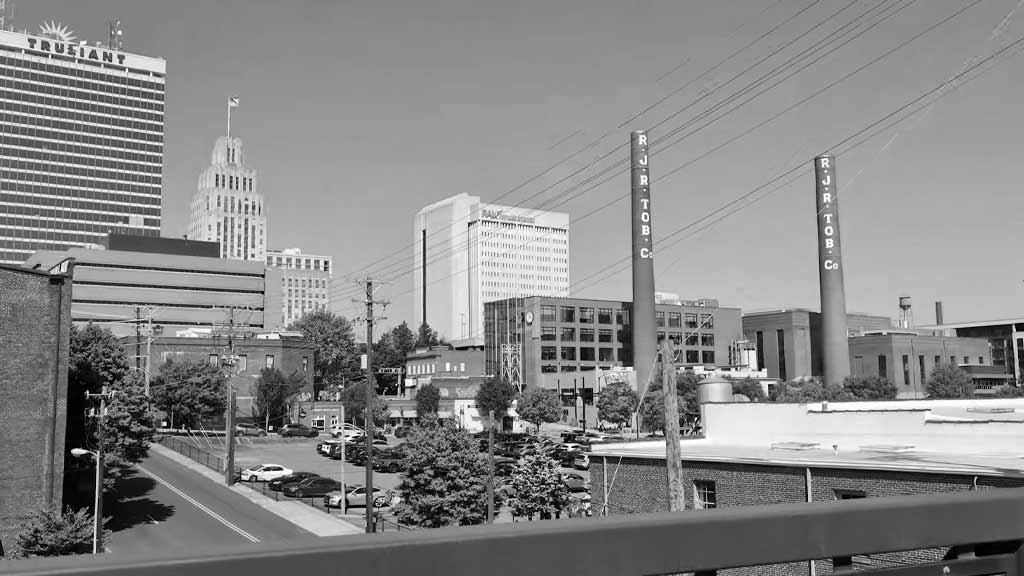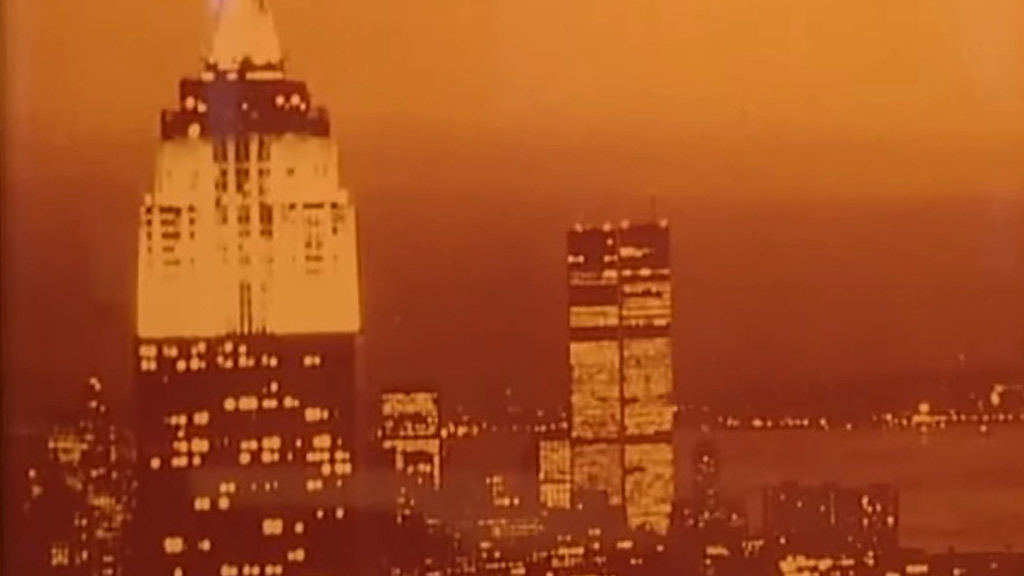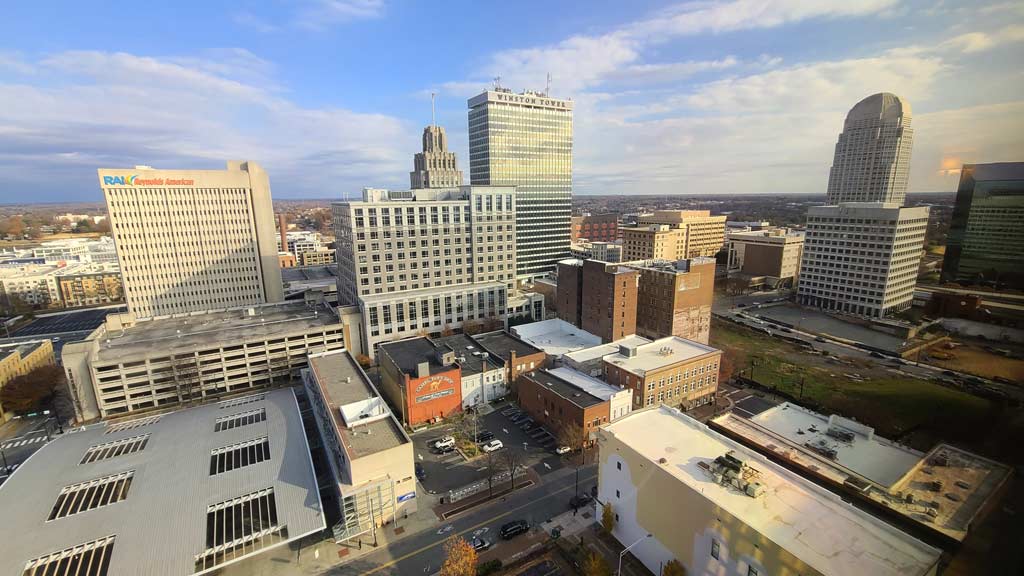Step back in time and immerse yourself in the rich tapestry of Downtown Winston-Salem’s history. From its humble beginnings to its vibrant present, this city has a story to tell.
As you stroll through the streets, you’ll uncover a treasure trove of historical landmarks and cultural heritage that have shaped this bustling urban center.
With a population where over 54% identify with various religious affiliations, Downtown Winston-Salem boasts a diverse community.
Christianity stands as the predominant faith, with Baptists leading the religious denominations at 15.77%, followed closely by Methodists at 12.79% and Catholics at 4.39%.
This religious diversity has influenced the city’s architecture, events, and overall cultural landscape, adding layers of significance to its historical narrative.
Join us on a journey through time as we explore the architectural marvels, religious influences, and cultural heritage that define Downtown Winston-Salem’s captivating history.
Discover how this dynamic city has evolved over the years, blending tradition with modernity in a way that’s uniquely its own.
Historical Overview of Downtown Winston-Salem
Downtown Winston-Salem, located in North Carolina, has a rich and diverse history that reflects its growth from a Moravian settlement to a bustling modern city.
Here’s a detailed historical overview:
The Origins of Salem and Winston

Centrally located in the Piedmont Triad of North Carolina, Downtown Winston-Salem has deep-rooted origins stemming from the merger of the towns of Salem and Winston in 1913.
Salem, founded by Moravians in 1766, established a thriving community grounded in Moravian culture and traditions.
Meanwhile, Winston, established in 1849 and named after a prominent local figure, grew as an industrial hub, bringing economic prosperity to the region.
The fusion of these two distinct towns laid the foundation for the unique blend of historical significance that characterizes Downtown Winston-Salem today.
The Merger and Growth of Winston-Salem
The merger of Salem and Winston in 1913 marked a significant turning point in the history of the region, uniting the Moravian heritage of Salem with the industrial prowess of Winston.
This consolidation facilitated the growth and development of the newly formed city of Winston-Salem, fostering a diverse cultural tapestry enriched by both its historical roots and modern advancements.
Over the years, Downtown Winston-Salem has evolved into a vibrant urban center, attracting residents and visitors alike with its rich history, cultural offerings, and economic opportunities.
Significant Historical Businesses
Throughout its history, Downtown Winston-Salem has been home to numerous iconic businesses that have played pivotal roles in shaping the city’s economic landscape.
From tobacco and textile industries to innovations in technology and healthcare, these businesses have left an indelible mark on the city’s development.
Companies like R.J. Reynolds Tobacco Company, Hanesbrands Inc., and Wake Forest Baptist Medical Center have not only contributed to the economic prosperity of the region but have also established Winston-Salem as a hub for innovation and enterprise.
These historical businesses stand as testaments to the city’s resilience, adaptability, and entrepreneurial spirit.
Architectural and Cultural Landmarks
Downtown Winston-Salem is home to a variety of architectural and cultural landmarks that reflect its rich history and vibrant cultural scene.
Here are some key landmarks:
Historic Districts and Buildings

In Downtown Winston-Salem, the Downtown North Historic District, also known as the Trade Street District, stands as a testament to the city’s architectural heritage.
This national historic district in Forsyth County, North Carolina, encompasses 46 significant buildings constructed between 1907 and 1952.
Representing a commercial section of the city, these structures predominantly feature one or two-story brick buildings, some adorned with stuccoed facades.
Notable edifices in this district include the former United States Post Office built-in 1914-1915, the Brown-Rogers-Dixson Company Building from 1928, the Centenary Church Education Building dating back to the 1920s, the City Market erected in 1925, and the Twin City Motor Company building established in 1925.
These buildings showcase different architectural styles like Beaux-Arts and symbolize Winston-Salem’s rich architectural history.
The Transformation into an Arts Hub
A pivotal part of Downtown Winston-Salem’s redevelopment journey is the Innovation Quarter (IQ), an emerging mixed-use district that has transformed abandoned warehouses and factories into vibrant artistic spaces.
The IQ, serving as one of America’s fastest-growing research parks, is home to a diverse array of 90 companies and over 4500 employees.
Located along the eastern edge of downtown, the IQ encompasses tech hubs, art studios, craft breweries, and coworking spaces.
This transformation signifies a shift in Winston-Salem’s economic focus from traditional manufacturing to a tech-centric, innovative economy driven by advancements in technology, medicine, and education.
By repurposing historical structures into thriving cultural and technological hubs, Winston-Salem has successfully redefined itself as a city at the forefront of urban renewal and creativity.
Economic Evolution
The economic evolution of downtown Winston-Salem is a testament to its ability to adapt and thrive through various industrial and technological changes.
Here’s an overview:
Industrial Beginnings to Modern-Day Enterprises

Downtown Winston-Salem’s economic journey traces back to its industrial origins, fueled by companies like R.J. Reynolds Tobacco Company that put the city on the map.
Through the merging of Salem and Winston in 1913, a blend of Moravian heritage and industrial prowess set the stage for economic success.
Today, the city embraces modern enterprises in nanotechnology, high-tech, and biotech fields. The local economy has diversified, moving beyond traditional industries to embrace innovation and cutting-edge technologies.
The Role of Innovation and Technology
In recent years, Winston-Salem has positioned itself as a hub for innovation and technology, spearheading advancements in various sectors.
The city’s transformation includes a shift towards nanotechnology, high-tech ventures, and biotech research. Medical research, in particular, has surged, with Wake Forest Baptist Medical Center leading the way.
Winston-Salem’s commitment to innovation has attracted top talent and businesses, propelling it to the forefront of technological advancements.
The city’s emphasis on creativity and technology has not only boosted its economy but also solidified its reputation as a progressive and dynamic urban center.
Revitalization and Modern Development
The revitalization and modern development of downtown Winston-Salem reflect a strategic blend of preserving historical heritage while fostering economic growth and innovation.
Here’s a detailed look at this transformation:
Urban Renewal Initiatives
Downtown Winston-Salem has witnessed significant urban renewal initiatives aimed at rejuvenating the city center. These projects focus on enhancing infrastructure, public spaces, and promoting economic growth.
The revitalization efforts have transformed the urban landscape, attracting residents, businesses, and tourists to the area. Historic buildings have been restored to their former glory, adding charm and character to the downtown area.
With new restaurants, shops, and cultural attractions opening up, Downtown Winston-Salem has become a vibrant hub for both locals and visitors alike.
The Impact on Local Communities
The revitalization and modern development in Downtown Winston-Salem have had a profound impact on local communities.
The initiatives have created a thriving environment for businesses, improved living conditions, and fostered a sense of community pride.
As a result, residents have benefited from increased job opportunities, cultural enrichment, and a higher quality of life.
The revitalization projects have strengthened the bonds within local neighborhoods and contributed to the overall growth and prosperity of the city.
Frequently Asked Questions
What is the history of Downtown Winston-Salem?
Downtown Winston-Salem has a rich history dating back to the merger of Salem and Winston in 1913. It blends Moravian heritage with industrial prosperity, home to iconic businesses like R.J. Reynolds Tobacco Company and Wake Forest Baptist Medical Center.
How has Downtown Winston-Salem evolved economically?
From its industrial roots, Downtown Winston-Salem has transformed into a vibrant urban center embracing modern enterprises in nanotechnology, high-tech, and biotech fields. Recent revitalization efforts focus on infrastructure enhancement and economic growth, attracting residents, businesses, and tourists.
What is the significance of the Innovation Quarter?
The Innovation Quarter in Downtown Winston-Salem symbolizes the city’s emergence as an arts hub and a center for innovation. This area reflects a blend of economic growth, architectural heritage, and technological advancements, contributing to the city’s prosperity.
How have urban renewal initiatives impacted Downtown Winston-Salem?
Urban renewal projects in Downtown Winston-Salem have led to thriving businesses, improved living conditions, and enhanced job opportunities. These initiatives strengthen neighborhood bonds, foster community pride, and elevate the overall quality of life, making Winston-Salem a progressive urban center.
Conclusion
You’ve uncovered the captivating journey of Downtown Winston-Salem, from its historical roots to its vibrant present. The fusion of heritage and innovation has shaped this urban center into a thriving hub of culture and commerce.
The city’s evolution reflects a harmonious blend of tradition and progress, paving the way for a promising future.
As you explore the streets lined with architectural gems and cutting-edge developments, you witness the resilience and adaptability that define Winston-Salem’s character.
The revitalization efforts have not only revitalized the physical landscape but also nurtured a sense of community pride and economic growth.
Embracing change while honoring its past, Winston-Salem stands as a testament to the power of transformation and the endless possibilities that lie ahead.
Jaclyn Lowe